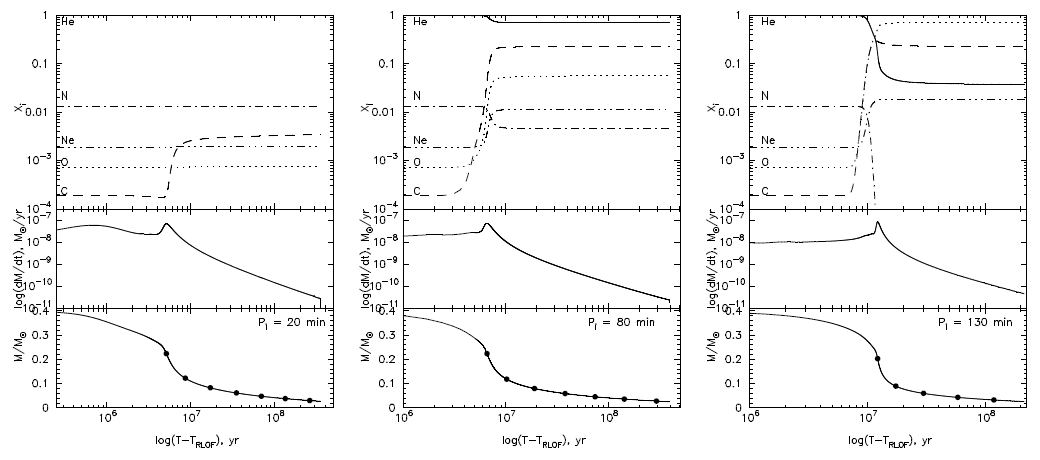
Figure 26: An overview of the evolution and chemical abundances in the transferred matter for
helium star donors in ultra-compact binaries. We show abundances (top), mass-transfer rate (middle)
and donor mass (bottom) as a function of time since the start of the Roche lobe overflow. The binary
period is indicated by the solid circles in the bottom panels for  = 15, 20, 25, 30, 35, and
40 min. The initial (post-common-envelope) orbital periods are indicated in the bottom panels. The
sequences differ by the amount of nuclear processing before RLOF. Image reproduced with permission
from Figure 4 of [521], copyright by the authors.
= 15, 20, 25, 30, 35, and
40 min. The initial (post-common-envelope) orbital periods are indicated in the bottom panels. The
sequences differ by the amount of nuclear processing before RLOF. Image reproduced with permission
from Figure 4 of [521], copyright by the authors.
 = 15, 20, 25, 30, 35, and
40 min. The initial (post-common-envelope) orbital periods are indicated in the bottom panels. The
sequences differ by the amount of nuclear processing before RLOF. Image reproduced with permission
from Figure 4 of [521], copyright by the authors.
= 15, 20, 25, 30, 35, and
40 min. The initial (post-common-envelope) orbital periods are indicated in the bottom panels. The
sequences differ by the amount of nuclear processing before RLOF. Image reproduced with permission
from Figure 4 of [521], copyright by the authors.
